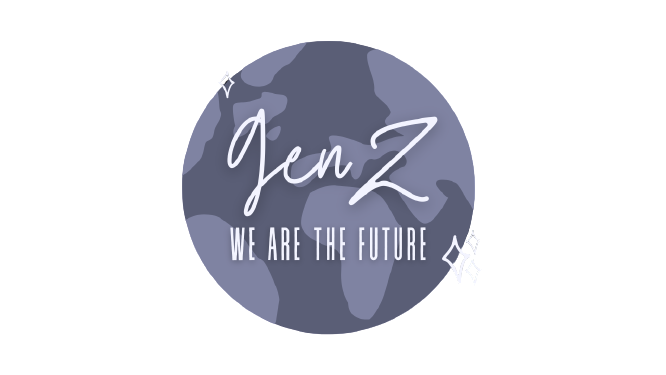History of Labour Unions
The labour movement in the United States arose from the need to safeguard workers' collective interests. Organized trade unions struggled for higher pay, more fair working hours, and improved working practices for those in the manufacturing sector. The labor movement was in the forefront of attempts to end child labor, offer insurance care, and assist sick or retired workers.
Local craft unions sprung up all over the cities from that point on, publishing lists of "prices" for their work, defending their trades against diluted and cheap labor, and, increasingly, demanding a shorter workday in the face of the Industrial Revolution. As a result, a job-conscious orientation quickly emerged, led by the core institutional features that characterize American trade unionism. First, with the founding of the Mechanics' Union of Trade Associations in Philadelphia in 1827, central labor bodies began uniting craft unions within a single city, and then, with the founding of the International Typographical Union in 1852, national unions began bringing together local unions of the same trade from across the United States and Canada (hence the term "intellectual property"). Despite the fact that the factory system was forming at this period, industrial workers played a minor role in the early growth of trade unions. Trade unionism was mostly a coalition of professional employees in the nineteenth century.
However, the early labor movement was motivated by more than just the immediate work interests of its founders. It held a vision of a just society based on the Ricardian labor theory of worth and the republican values of the American Revolution, which promoted social equity, honored honest labor, and emphasized self-reliance and virtuous citizenship. Industrial capitalism's changing structural reforms went contrary to labor's view. As early labor activists saw it, the result was the creation of "two distinct groups, the wealthy and the poor."Beginning in the 1830s with the formation of workingmen's parties, activists for civil rights launched a series of reform campaigns that lasted throughout the nineteenth century. The National Labor Union, established in 1866, and the Knights of Labor, which peaked in the mid-1880s, were two of the most notable.
On the surface, these political efforts seemed to be at odds with labor unionism, focusing on the cooperative commonwealth rather than a higher wage, appealing to all “producers” rather than only wageworkers, and avoiding the trade union emphasis on strikes and boycotts. However, contemporaries saw little conflict: trade unionism addressed workers' urgent needs, while labor restructuring addressed their longer-term goals. Both were considered strands of a single movement, with a shared working-class constituency and, to some extent, a common leadership. Although, most importantly, they were strands that needed to be kept operationally and technically apart.
The labour movement was thrown off balance by the Great Depression. Industrial workers' discontent, together with New Deal collective bargaining laws, finally took the great mass producing markets beyond strike distance. When the ALF's organizing activities were stymied by craft unions, John L. Lewis of the United Mine Workers and his supporters founded the Committee for Industrial Organization (CIO) in 1935, which aided the nascent unions in car, rubber, steel, and other basic industries. The Congress of Industrial Organizations (CIO) was formally organized in 1938. More than 12 million employees had joined unions by the end of WWII.
In politics, the union movement's increased influence led to a variation of nonpartisanship rather than a new direction. Organized labor has been gravitating toward the Democratic Party since the Progressive Era, partially because of the latter's stronger programmatic appeal, but maybe perhaps more so because of its ethno-cultural base of support in an overwhelmingly "young" immigrant working class. With the advent of Roosevelt's New Deal, this nascent coalition solidified, and the Democratic Party could count on–and came to rely on–the labor movement's campaigning support from 1936 onward.
Workers go on strike to fight for higher wages, among other things.
The fact that this coalition shared Gompers' nonpartisan logic–too much was at stake for organized labor to spend its political resources on third parties–became evident during the early cold war's unsettled era. The CIO not only opposed the Progressive Party in 1948, but it also ejected left-wing unions that split ranks and backed Henry Wallace for President that year.
The labour movement has never been known for its adaptability. However, just as the emerging high-tech and utility markets looked out of control in 1989, the industrial manufacturing companies did in 1929. There's a silver lining, though: Today's organized labor is much more dynamic and broad-based than the old AFL: Women make up 25% and Black people make up 28% of the 14.7 million pay and compensation employees that belong to a union in 2018 (compared to 17.7 million in 1983).
SOURCE:
IMAGES:
One job should be enough [Wikimedia Commons - Bastian Greshake Tzovaras]
